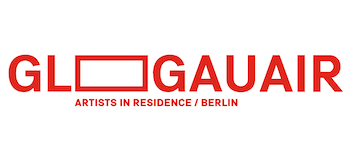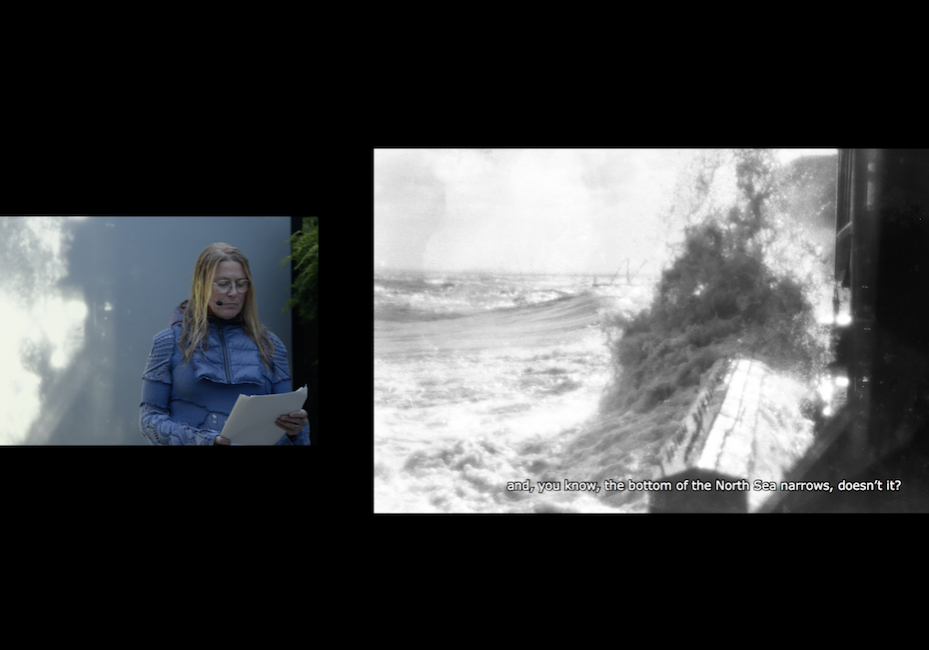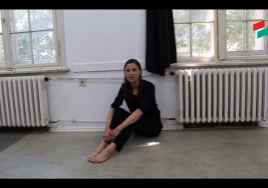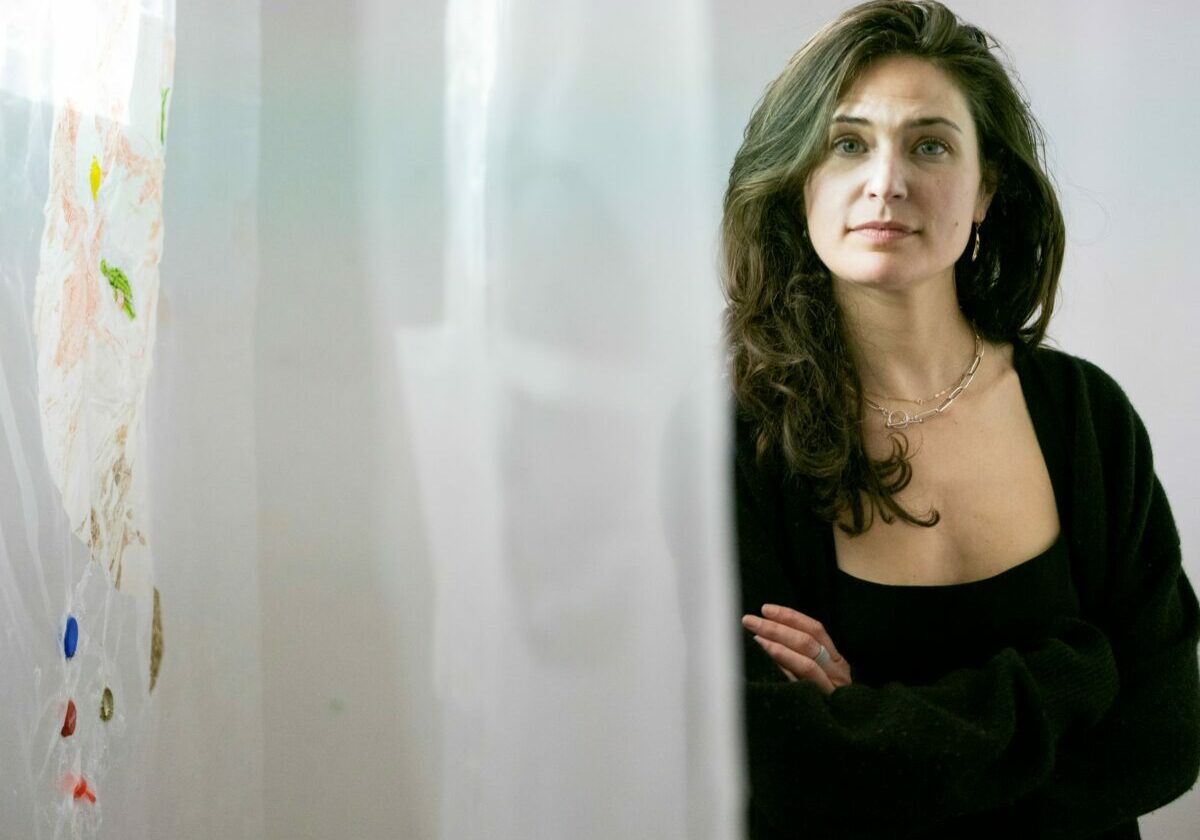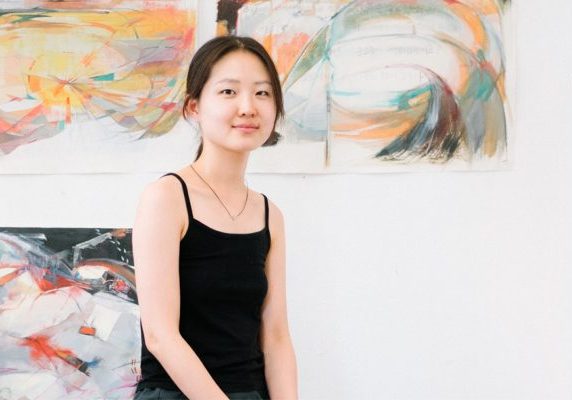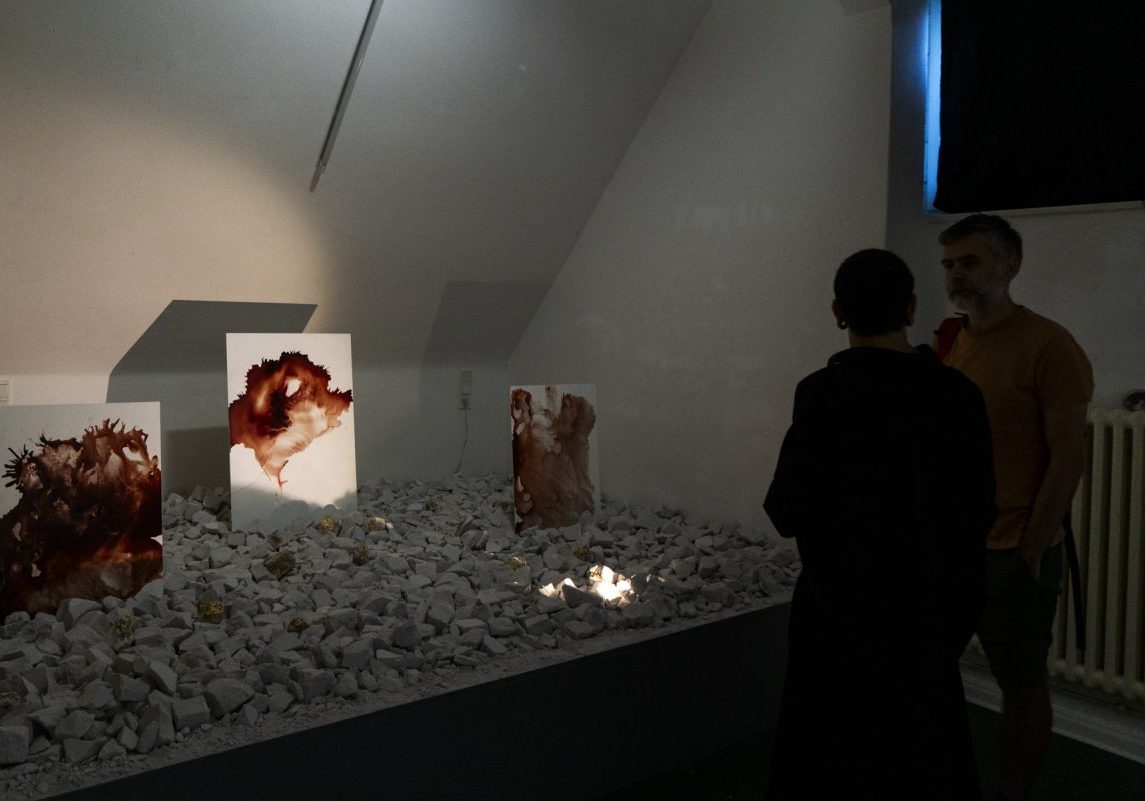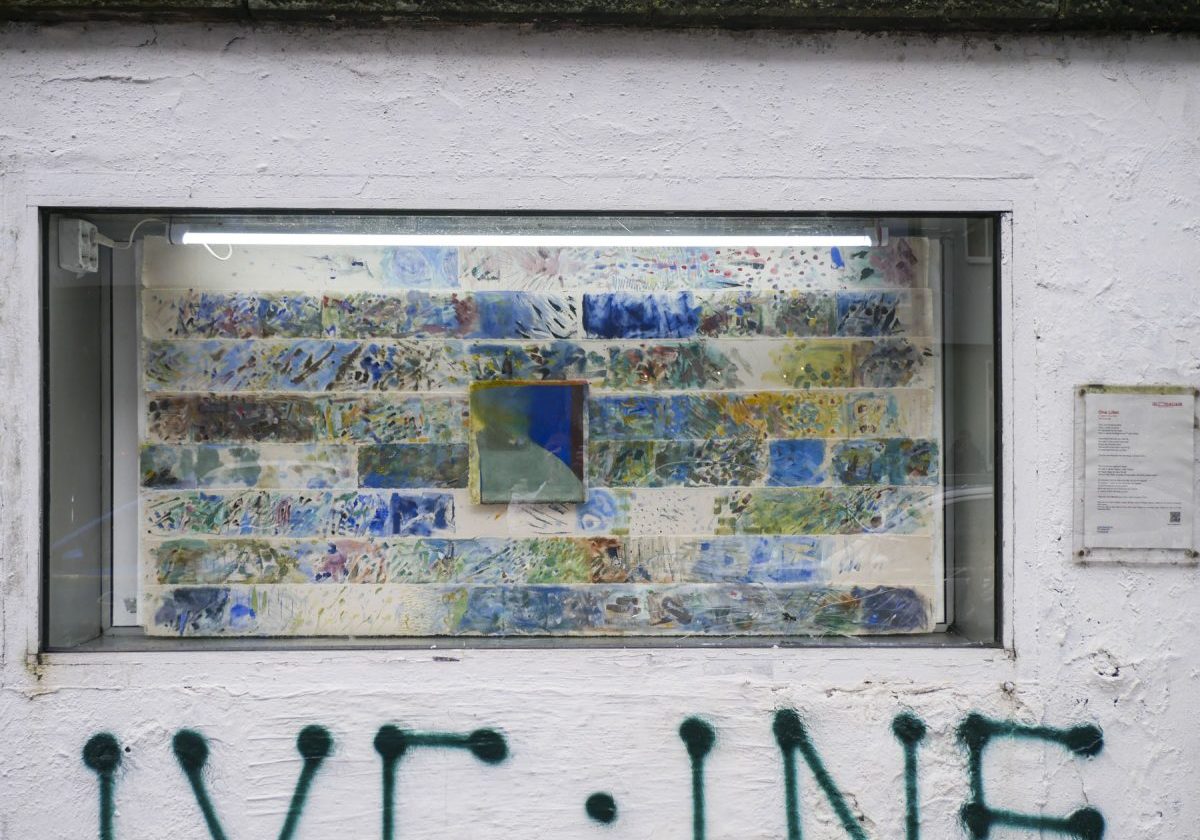Meet the Artist // Iñaki Beaskoa
Hailing from Barcelona and currently based in Berlin, Iñaki is a multidisciplinary artist who draws inspiration from processes of transformation and the influence of memories on people and spaces. Working across painting, sculpture, and tattooing, he embraces spontaneity within his process, allowing materials or individuals to influence the final outcome.
Can you tell me a bit about your background?
When I was young I used to paint murals, and I come from a graffiti background. Then I studied at a comic school, which involved illustration, narrative, and some traditional animation. After that, I began tattooing around fourteen years ago. I finished my studies in drawing, and a lot of my surrounding people and friends were already tattooing. The mural and graffiti scene was really mixed with tattooing somehow. I grew up in a town just outside Barcelona. People surrounding me were from an underground and alternative movement that really moved me. I tried to tattoo a friend of mine, and I became fascinated because I found there was so much to learn. So I thought, I’ll try again.
Suddenly I was really deep into tattooing. It permits me to travel, make exchanges, and also work with different people. I really enjoy this kind of learning through sharing. Also visiting other artist’s studios all over the world. It’s a nice way to learn.

What are you planning to do for your three months here?
I intend to continue my research into reviewing and questioning the link between memory and emotion. Lately I’ve been working on ceramics and drawings. My idea is to keep this dialogue going between the two-dimensional and the three-dimensional. When I change the technique, I also change and adapt the forms, figures, shapes.
At the beginning of the year, I started learning meditation, and I am using some of the thoughts and memories that made me lose focus during this practice as inspiration.

Tattoos are a forever piece of art, how does this theme of permanence play into your work when you’re talking about memory?
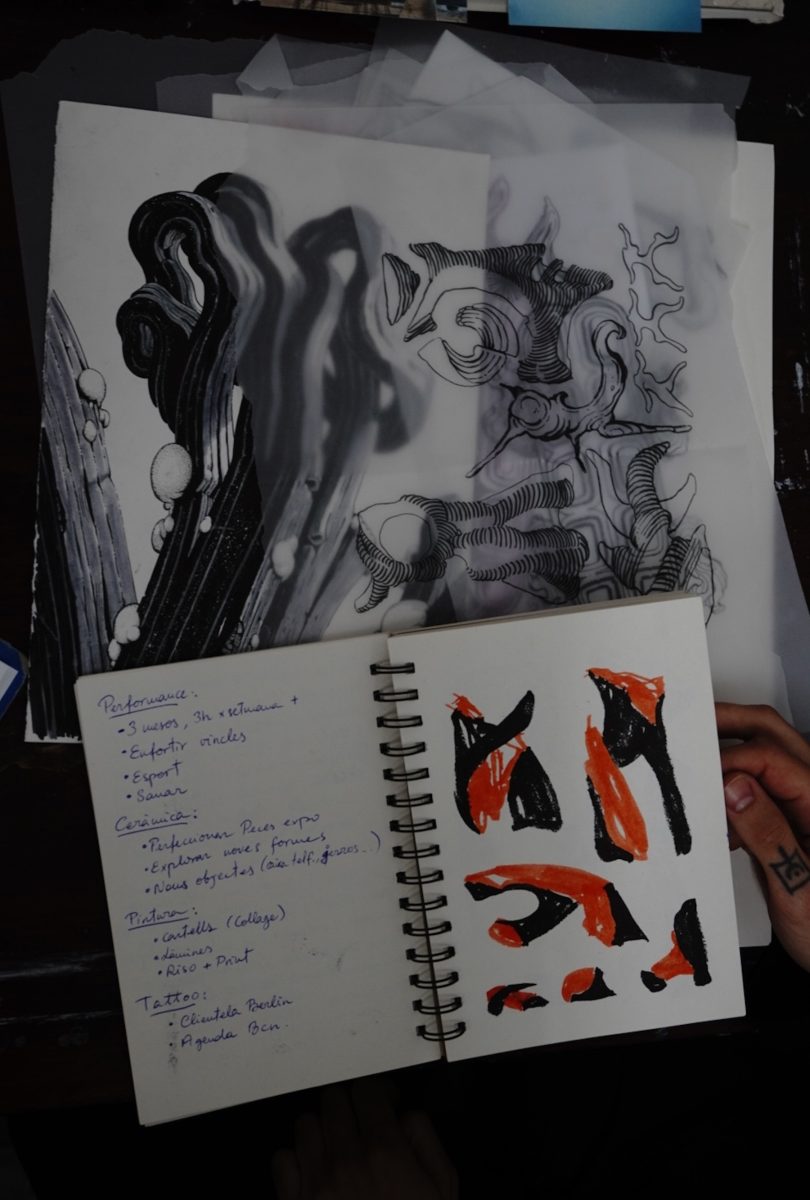 I got my first tattoo to remember a close friend who passed away. I guess I wanted to stay connected to him. After that, I started tattooing and discovered the many different ways tattoos can be used.
I got my first tattoo to remember a close friend who passed away. I guess I wanted to stay connected to him. After that, I started tattooing and discovered the many different ways tattoos can be used.
Throughout history, tattoos have served various purposes, including fostering a sense of community, serving cultural and spiritual purposes, and facilitating physical and personal transformation. The fact that they are permanent is a feature that accompanies all these purposes.
When someone contacts me to receive a tattoo, it is because they are attracted to my style, which allows me to start working from a common point. Because it is permanent, I usually feel pressure and a great sense of responsibility at the beginning of the process, especially when I am asked to capture a memory or something that is important to someone emotionally. I feel fortunate to be trusted to interpret their experiences and emotions, and this motivates me to create a piece from my perspective. If the person is open to suggestions, I allow myself to take risks with the design.
When it comes to my experiments with paintings and ceramics, I don’t feel under pressure because I’m working with my own memories and ideas. This gives me the freedom to take more risks when making decisions than I do with tattooing. In any medium I work with, I am aware of the importance of making definitive choices and accepting them. The acceptance that comes with the process while representing these memories also feels very healing.
I see that you lean towards representational figures with tattooing, and your work becomes more abstract in your sculptures and drawings. What inspires you to take a representational route versus an abstract one?
I come from a figurative background, and have an understanding of anatomy. It was hard for me to break these kinds of rules, and get far away from this learning that I felt was limiting me to a certain point. Tattooing requires precision and, because of the expansion of ink into skin, the technique requires creating clear figures that can age clearly on a body. Having more time for experimenting and playing with other techniques, such as ceramics and body movement practices, permits my emotions to be expressed in another way. I am getting away from a commission and getting closer to what I need to express.

Can you tell me more about your thought process for your sculptures, because I know that’s a new medium for you.
Not knowing certain limitations of the medium makes me play in an intuitive way and push the limits of the technique. As I said before, I am learning to meditate, and after every session I draw with my left hand, even though I’m right-handed. I feel this way I don’t judge my skills and it’s an honest drawing, which I really enjoy.
I use those sketches as images of reference for my sculptures and, since most of them are linked to a memory, I intend to visualize the recall before I start molding. The resemblance between the reference and the piece is different, sometimes by a lot. Some of the last memories I worked with were from a period where I was bullied during my adolescence, and seeing the clay pieces I came up with makes me think about the memory from another perspective. There’s a different feeling.

Interview Shay Rutkowski (@sruutrut)
Photos Yasemin Erguvan (@yaseminerguvan)
